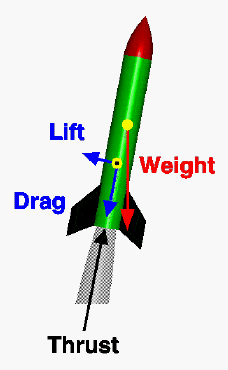A type of missile, which looks like a cylindrical object and is able to fly using a rocket engine. At the same time, unlike a normal missile, the rocket does not have a guidance system

Rocket artillery is an integral part of the combat system that has existed for decades all over the world. the term Rockets Denotes a type of missile, which looks like a cylindrical object and is able to fly using a rocket engine. At the same time, unlike a normal missile, the rocket does not have a guidance system. This fact makes the rocket a weapon intended mainly for short ranges of 250 meters to 25 km at the most. On the other hand, the latest technologies in the production of weapons of this type guarantee much more impressive performance already in the near term.
The common feature of all the latest technologies in the production of artillery weapons is a focus on the launcher and engine. While in the past a rocket would receive upgrades and performance based on raw materials or combustion, nowadays it is customary to assume that the base and platform are just as important as the missile itself. A rocket moves in a ballistic trajectory and the thrust force acts on it for a certain time even after launch. The reason for this is the operation of the rocket engine and the way in which the engine affects the prolonged movement. This characteristic helps, among other things, to distinguish between a rocket and a shell or any other projectile.
A rocket in military or civilian use
Contrary to popular belief, not all developments or technologies that enable the production of weapons are intended for military use. Even in the civilian field, these technologies are used in order to improve performance and learn more details about the field of ballistics. A rocket is usually launched from a ground launcher or an airplane and directed at another ground target. With the latest technology, a navigation mechanism can be attached to the rocket, which means that the route will not be determined only by the angle of elevation and alignment of the launcher barrel or the power of the engine. It is precisely the combination between the launcher, the engine, the navigation and the rocket itself that guarantees optimal results.
Another and no less impressive technology common in the production of artillery weapons emphasizes the economical aspect. Instead of spending a fortune on the use of non-perishable metals or irons, the new technology examines no less effective alternatives. The raw materials used to build a rocket should correspond to data that can be easily collected today: wind speed and direction, atmospheric pressure, temperature and humidity. In the past, these data were merely conjectures, but today they help chart the path and mark goals in a clear and convenient way.
The future of the rocket is already here
Experts in the field of ballistics claim that in the near future we will be able to eliminate the distinction between artillery weapons and missiles. Ultimately, a rocket is a relatively outdated weapon that depends on new technologies in order to survive and remain relevant. Without these technologies it would be very easy to find a solution or defense for the rocket. The only advantage of the rocket was and remains the availability of materials and a high ratio of cost versus benefit. However, the disadvantage is expected to be reflected in the anachronism that will prevent the rocket operators from achieving their goals as was done in the past.
*This article is marketing content on behalf of the advertisers and under their responsibility.
